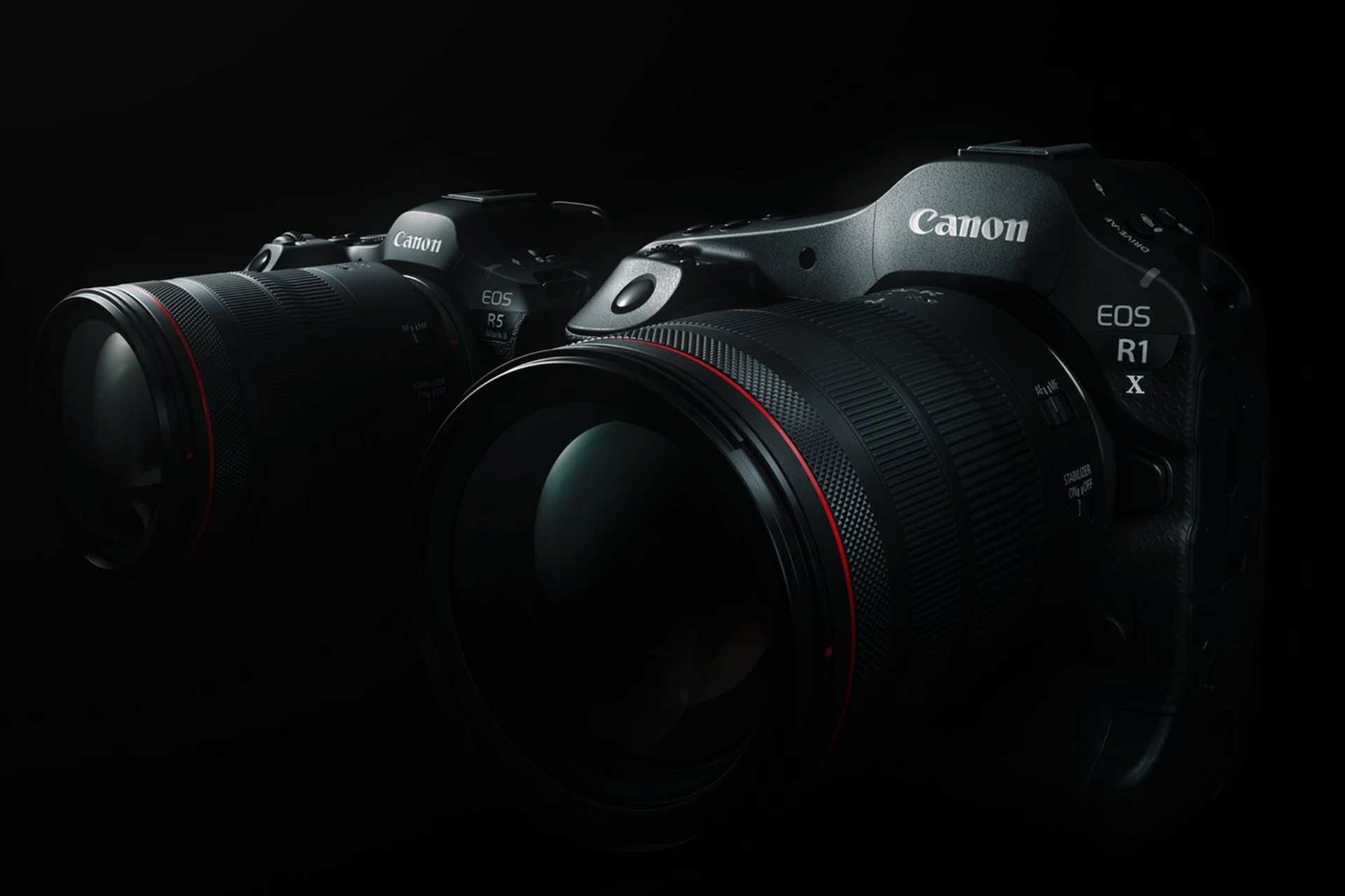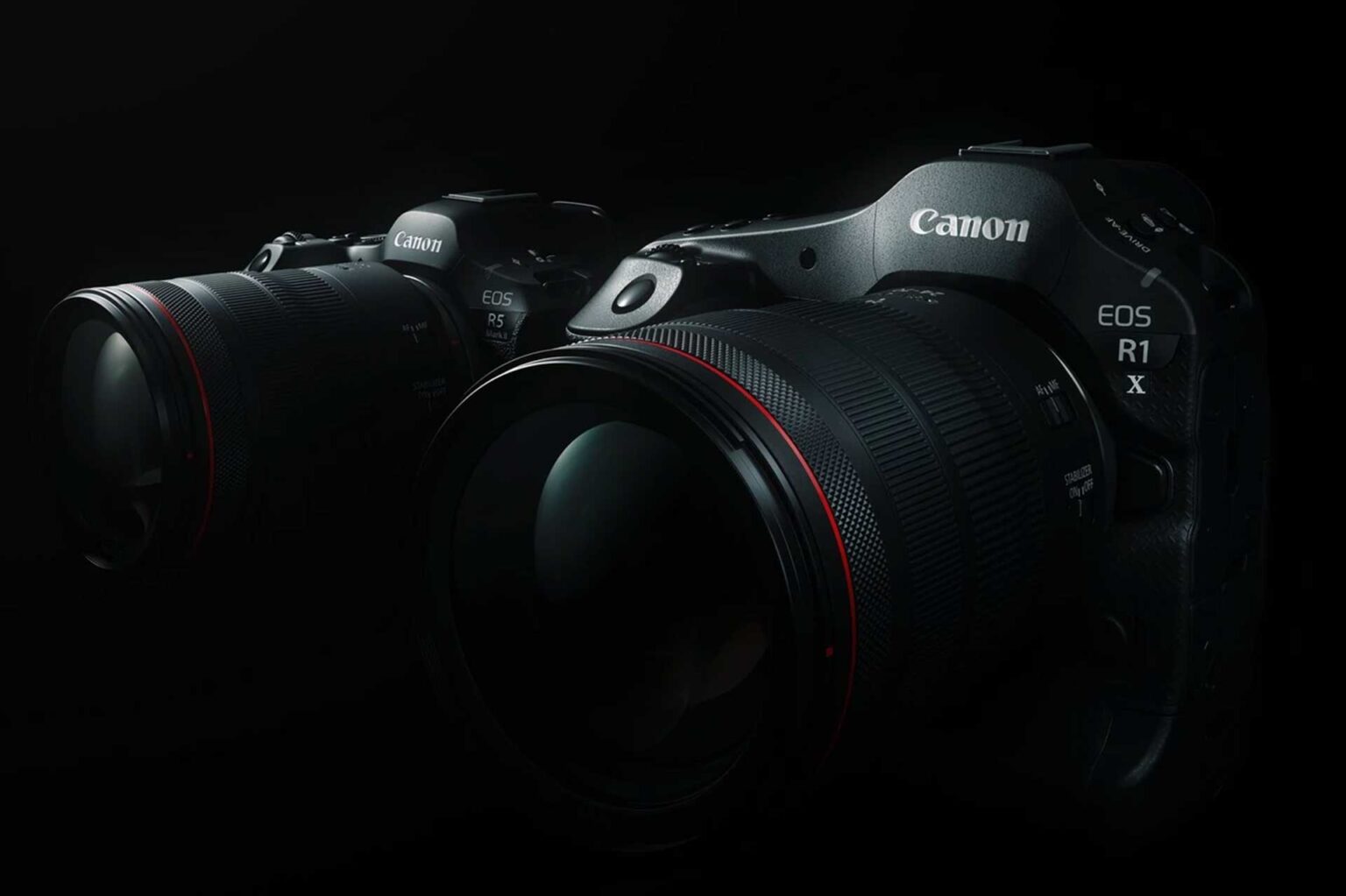
For those expecting a high resolution R1, or something just generally more advanced, all I can say is… Wait a bit longer.
Canon have prior form in this, of course. The original EOS 1D was launched as a APS-H sports camera for high frame rates. It wasn’t until the 1DS came along, that there was a true flagship in technology terms and high resolution.
For those shooting long bursts of thousands of shots, 24 megapixels is currently the practical choice – it also allows the best balance between resolution and low light performance. There’s a little bit of advantage of going down to 12 megapixel for low light, but only at the most extreme ISOs and there’s a big loss of resolution. So I can understand why Canon want their sports and journalism orientated camera to be 24 megapixel instead of say, 50.
I have it on good authority the EOS R1 is not the last word.
Be it the R1X or R1S, the true flagship is likely going to be a high resolution monster.
Currently Canon only has the R5 Mark II to fit in that gap – it is relatively fast, relatively high end, relatively high resolution but it is not a 80MP pro body, and as an 8K cinema camera it has a lot of more able competition to contend with.
I also believe there to be a R5C Mark II in the works, which will feature the recently patented internal ND filter.
Mirrorless cameras for cinema purposes really need to start making some progress with ND, as the Sony FS5’s electronically variable ND never got the widespread rollout into mirrorless cameras it deserved.
One other thing to look forward to is the fact that pro bodies like the EOS R1 tend to depreciate massively, so it might become a very appealing enthusiast option in battered condition for $1.5k one day.
So although on the surface of it the R1 is a bit of a lukewarm, late, safe and conservative release… There’s more to come.




